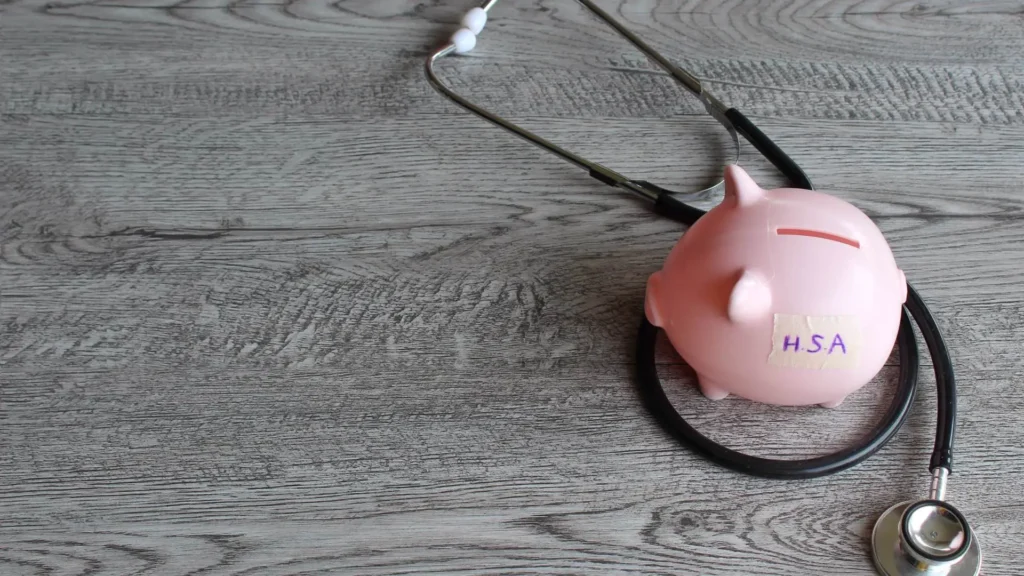Table of Contents
Medical bills may get confusing at times. Again, they get intimidating. Have you heard that sometimes they go wrong with their expenses? Studies suggest medical billing errors occur more frequently than most people assume. Millions of people are affected inappropriately every year. These errors may contribute to overcharging, incorrect balances, and unnecessary financial burdens. Your best protection would be to cross-check all bills carefully with your Explanation of Benefits (EOB).
An explanation of benefits shows you how your insurer processes your claim. The final bill, however, is issued directly by your healthcare provider. By comparing these two, you can quickly spot any irregularities, such as any charges for a service that you never received, or a payment by insurance that has been applied incorrectly. Let’s learn all about medical billing: read and dispute errors with a checklist.
Understanding Medical Billing
What Is an Explanation of Benefits (EOB)?
An Explanation of Benefits (EOB) is a document sent by your insurance company after a claim has been processed. Many patients mistake it for a bill, but it’s not—it’s simply a statement showing what was covered and what you may still owe.
Your EOB usually includes:
- Provider name and date of service.
- Services performed or billed.
- Amount charged by the provider.
- Amount your insurance covered.
- Adjustments or discounts applied.
- Your share of the responsibility (copayment, deductible, or coinsurance).
Think of it as a roadmap to understanding how your claim was handled. Without reviewing this document, it’s difficult to know whether the final bill you receive is truly accurate.
What Is a Final Bill?
The final bill is issued directly by your healthcare provider or hospital. This is the amount they expect you to pay after insurance contributions have been applied.
Why does cross-checking matter? Because providers sometimes send bills that don’t match the EOB. For example, your EOB may show that insurance covered $400 of a $600 charge, leaving you responsible for $200. However, the provider’s bill may incorrectly display the full $600 balance. Without reviewing both documents side by side, you could end up paying hundreds—or even thousands—more than you should.
Common Components of a Medical Bill
Medical bills can look complicated, but most contain a few standard sections:
- Charges for services – tests, procedures, consultations, or treatments.
- Insurance payments – amounts paid by your insurer on your behalf.
- Copayments, coinsurance, and deductibles – your out-of-pocket responsibility.
- Non-covered services – items not included under your insurance plan.
Knowing these categories makes it easier to identify potential areas of error.
Common Medical Billing Errors
Medical billing errors can take many forms, but some occur far more often than others. Here are the most frequent mistakes patients encounter:
- Duplicate charges – You may be billed twice for the same service.
- Incorrect patient information – Using incorrect policy numbers, names, or dates can result in claim rejections or inflated bills.
- Misapplied insurance payments – Sometimes, the insurance payment isn’t properly subtracted from your balance.
- Services not received but billed – Charges appear for procedures, tests, or supplies you never used.
- Coding errors – Incorrect CPT (Current Procedural Terminology) or ICD (International Classification of Diseases) codes can drastically change what you owe.
- Out-of-network charges – Services may be incorrectly billed as out-of-network, even if your provider participates in your insurance plan.
Each of these mistakes can create unnecessary financial burdens. The good news? With a systematic approach, you can catch and dispute medical bills before they spiral out of control.
Step-by-Step Checklist to Read and Dispute Billing Errors
Here’s a practical checklist to help you confidently navigate your bills.
Step 1 – Gather Your Documents
Start by collecting everything related to your care:
- EOBs from your insurance company.
- Final bills from your provider.
- Receipts or invoices.
- Medical records, if relevant.
Pro Tip: Organize these documents in chronological order. Having them in order makes it easier to track discrepancies and reference dates of service.

Step 2 – Compare EOB to Final Bill
Now, line up your EOB vs the final bill. Review:
- Are the services listed identical?
- Do the amounts billed match?
- Does the patient’s responsibility on the EOB align with what’s on the bill?
If they don’t match, highlight the differences immediately.
Step 3 – Identify Discrepancies
Go through line by line. Look for:
- Overcharges or duplicate entries.
- Services you didn’t receive.
- Misapplied deductibles or coinsurance.
- Incorrect medical codes.
Mark everything clearly—sticky notes, highlighters, or digital annotations can help keep things organized.
Step 4 – Contact the Provider or Insurer
Once you’ve identified potential errors, reach out to the source. Call the provider’s billing office or your insurance company. Calmly explain the issue and ask for clarification. Sometimes, a simple phone call resolves the issue. For example, the provider may realize they submitted the wrong code and agree to refile the claim.
Step 5 – File a Formal Dispute
If the issue isn’t resolved over the phone, you’ll need to submit a written dispute. Include:
- Patient name and date of service.
- Detailed description of the error.
- Corrected charges (based on your EOB).
- Copies of supporting documents (EOB, final bill, receipts, etc.).
Maintain a professional and factual tone—avoid using emotional language. The goal is to provide clear, undeniable proof of the error.
Step 6 – Follow Up and Track Progress
After submitting your dispute, don’t assume it’s finished. Call regularly, check for status updates, and set reminders for important deadlines to ensure your case is progressing smoothly. Staying proactive helps prevent your dispute from being overlooked or delayed.
Keep a detailed record of everything, including:
- Phone calls – note the dates, times, and names of representatives you spoke with, along with a summary of the conversation.
- Emails or letters – save copies of all written communications, both sent and received.
- Updated statements or corrections – keep track of any revised bills, payment adjustments, or explanations provided by your insurer or provider.
- Reference numbers or case IDs – whenever possible, record claim or dispute reference numbers, as these are often required for follow-ups.
This organized paper trail is invaluable if you need to escalate the dispute to a supervisor, file an appeal, or involve a regulatory agency for resolution.
Tips to Avoid Medical Billing Errors in the Future
Catching mistakes after they happen is important, but prevention is even better. Here are a few ways to avoid future headaches:
- Review bills immediately – Don’t let them pile up. Errors are easier to fix when caught early.
- Maintain a personal record – Keep your own log of services, dates, and payments.
- Use Beem’s tools – Beem helps you store, track, and reconcile EOBs and bills efficiently.
- Know your benefits – Understanding your insurance plan’s coverage rules reduces surprises.
By being proactive, you’ll have fewer disputes to manage.
How Beem Helps You Dispute Medical Billing Errors
Manually tracking paperwork and disputes can be exhausting. That’s where Beem’s Health Insurance Tools make a difference.
Beem provides:
- Side-by-side comparison tools to match EOBs with final bills.
- Smart alerts that flag potential discrepancies.
- Organize your documents to easily upload and categorize EOBs, receipts, and medical records.
- Step-by-step dispute workflows that guide you through contacting providers and insurers.
- Automated reminders so you never miss a deadline for filing a dispute.
In short, Beem acts like a financial advocate—streamlining the messy process of reconciling medical charges and ensuring you only pay what you truly owe.
Conclusion
Healthcare costs are high enough without errors adding extra burdens. By learning how to read your bills, comparing your EOB to your final bill, and disputing mistakes effectively, you can save yourself significant money and stress. The key is staying organized, proactive, and persistent.
With tools like Beem, the process becomes far less overwhelming. Beem helps you reconcile medical charges, spot discrepancies quickly, and track disputes step-by-step—so you stay in control, not the other way around. Review every bill, question every discrepancy, and use Beem to make sure you only pay what’s truly owed. Download the app here.
FAQs for Medical Billing: Read and Dispute Errors with a Checklist
How common are medical billing errors?
Research suggests that medical billing errors affect between 1–3% of claims. While that may sound small, the financial impact can be substantial, often resulting in hundreds or thousands of dollars in overcharges per patient.
How long do I have to dispute a bill?
Most insurers allow 30–60 days from the date you receive your bill to file a dispute. Check your plan’s specific policy to avoid missing deadlines.
Can I dispute a bill if the error is from my insurance company?
Yes. If the mistake lies with your insurer—such as misapplied coverage or wrong adjustments—you can file a dispute directly with them. Always back up your claim with documentation.
Does Beem help me track billing disputes?
Absolutely. Beem provides a structured workflow to track progress, follow up with providers, and store communication records, making the process much less stressful.
What documents are needed to file a dispute?
Typically, you’ll need your EOB, final bill, receipts or payment records, medical records (if relevant), and a written explanation of the discrepancy.















































